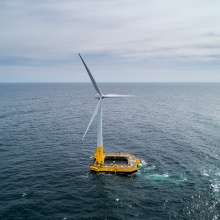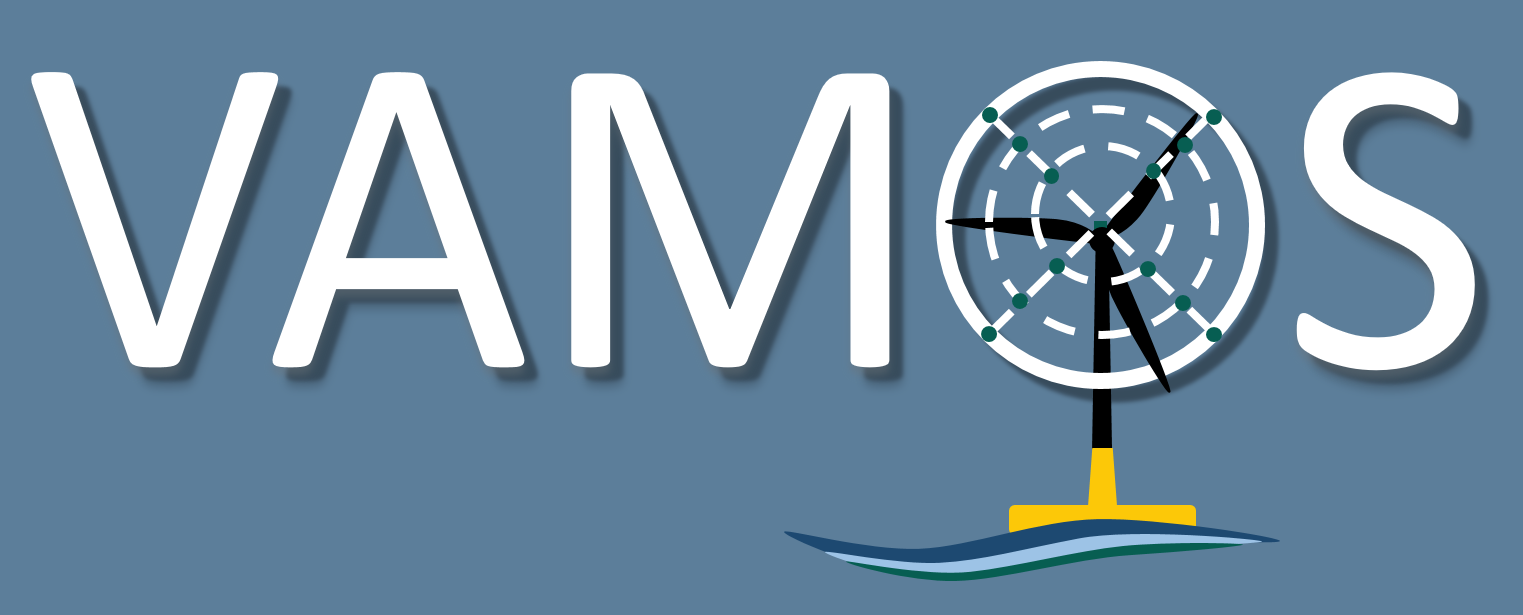Offshore wind is taking the next step: floating foundations for deeper waters are becoming a tested and proven technology. How can we further reduce their cost to accelerate their deployment?
A good understanding of floating offshore wind turbines is essential to decrease the uncertainties and risks – and thus the costs – of this very promising technology. The project “Validation, Measurement and Optimization of Floating Wind Energy” (VAMOS) addresses this challenge with a large-scale measurement campaign and a validation study. The knowledge gained will be used directly for the design of an improved turbine controller to enhance the dynamic behavior and reduce loads. In the long term, this will allow for lighter weight and cheaper turbine designs.
First co-funded German-French research project on floating wind energy
For the first time, a research project on floating wind energy is co-funded by the German Federal Ministry of Economics and Energy and the French Regional cluster West Atlantic Marine Energy Community.
Seven partners are cooperating in the joint project VAMOS for 36 months:
- Stuttgart Wind Energy (SWE) at the University of Stuttgart,
- the Research Laboratory in Hydrodynamics, Energetics and Atmospheric Environment at Centrale Nantes (ECN),
- the Institute for Fluid Dynamics and Ship Theory at Hamburg University of Technology (TUHH)
- sowento GmbH,
- and GL Garrad Hassan Deutschland GmbH, UL International GmbH and Ideol, as associated partners.
The measurement campaign will be conducted on France’s first offshore wind turbine, FLOATGEN. It uses Ideol’s Damping Pool® floating technology installed at the SEM-REV test site, the first European site for multi-technology offshore testing connected to the grid. Two wind LiDAR systems will be installed on the full-scale demonstrator for a six-month measurement campaign to obtain wind measurements on the inflow and the wake side.
Different multidisciplinary simulation methods of varying modeling fidelity will be developed. A large validation study, comparing the results of the measurements of the inflow and the wake with those of the simulations, will be performed. The wake measurement campaign will be performed through the French project FLOATEOLE funded by WEst Atlantic Marine Energy Community. It focuses on experimental characterization of platform motions’ influence on the aerodynamic behavior of floating wind turbines and their wake. The wake of the floating wind turbine is especially relevant for the design of floating wind farms, where wake interactions generate production losses and may increase fatigue.
The long term goal of VAMOS is to design cheaper offshore wind turbines and increase its share in the energy market
Currently, bottom-fixed offshore wind turbines dominate offshore wind. However, floating offshore wind turbines push the boundaries and potential of offshore wind by being deployable in deeper waters. VAMOS will decrease the cost of floating offshore wind turbines and thus enable exploitation of the offshore wind resources without depth constraints. This will allow regions and countries to increase the areas they can use for offshore wind energy.
Expert Contact:
Umut Özinan, University of Stuttgart, Stuttgart Wind Energy, phone: +49 711 685-68243, email
The VAMOS project is funded by the German Federal Ministry for Economic Affairs and Energy (BMWi).
The FLOATEOLE project is carried out within the framework of the WEAMEC, WEst Atlantic Marine Energy Community, with funding from the Pays de la Loire Region.
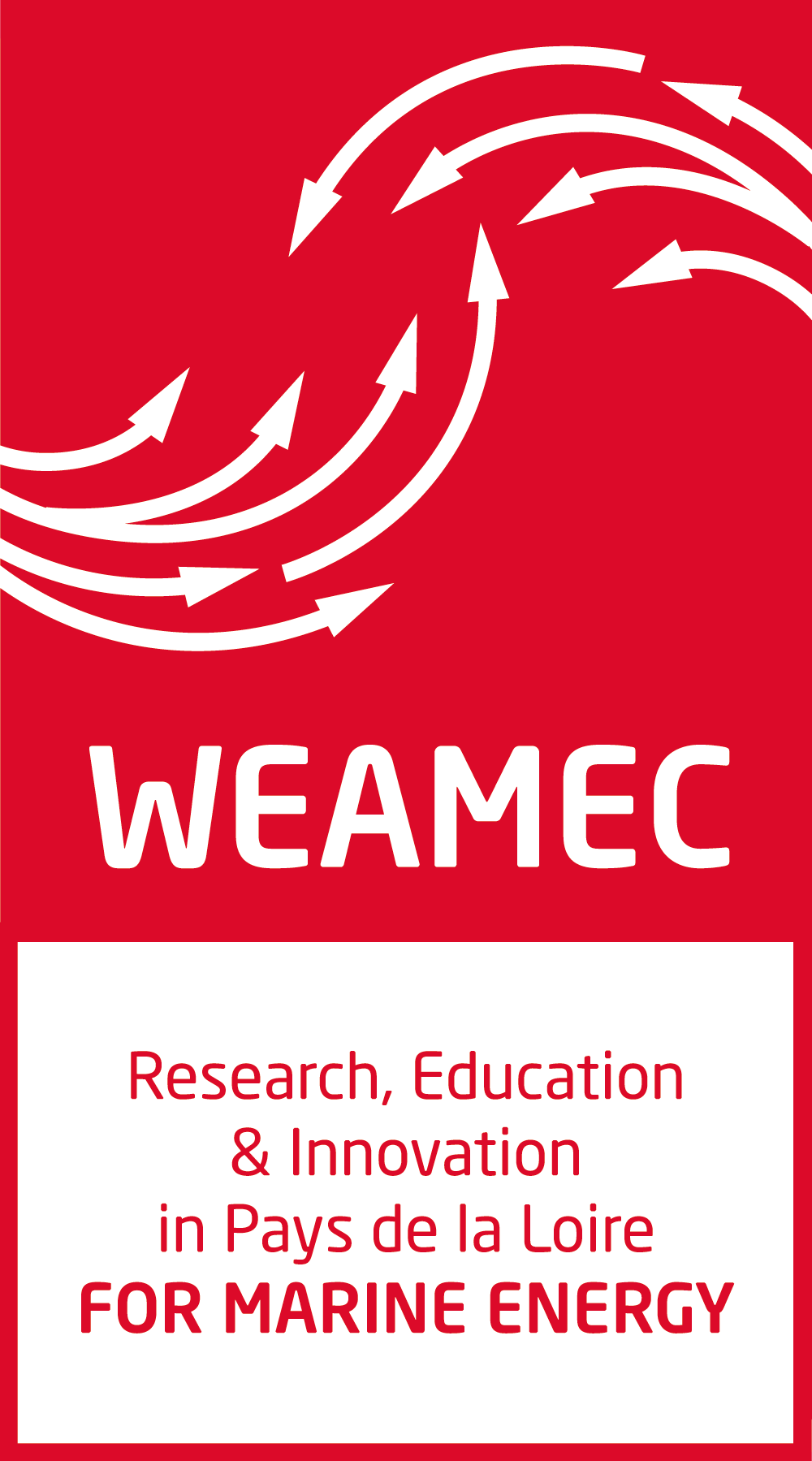
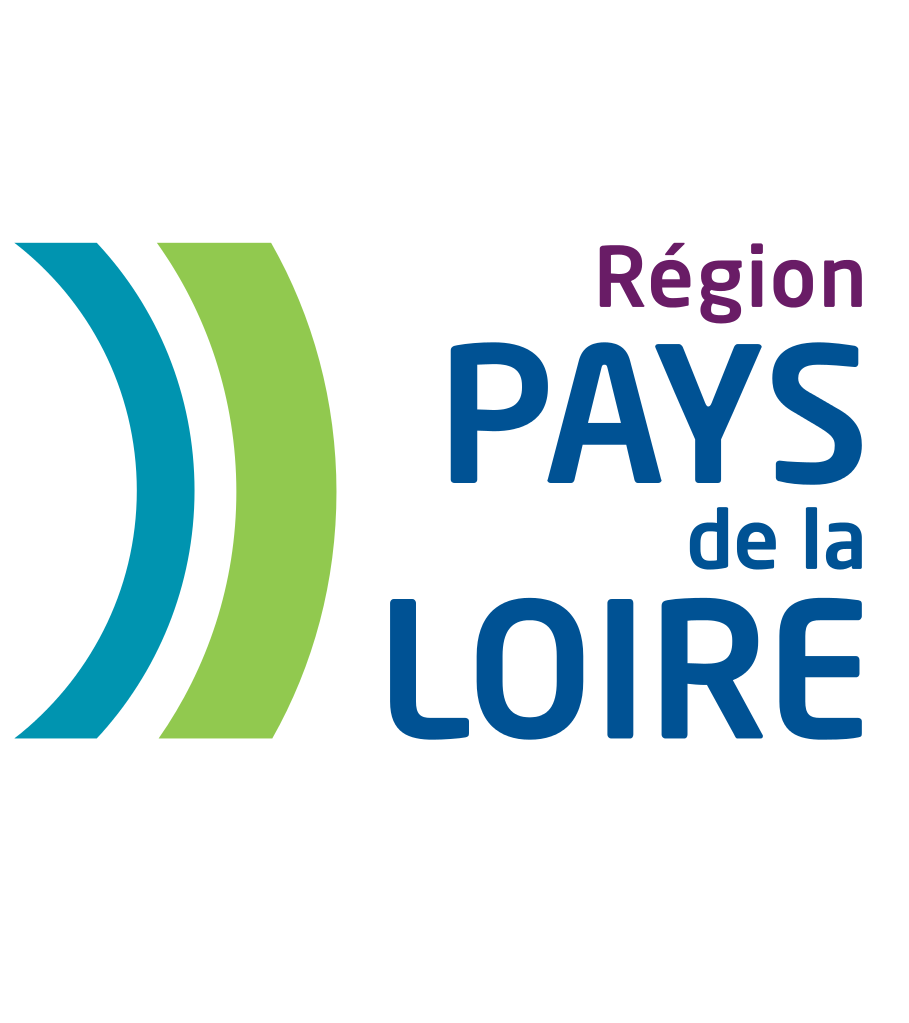
Partners in the project VAMOS


University of Stuttgart, Stuttgart Wind Energy (SWE):
SWE was founded in 2004 as the first university chair for wind energy in Germany and since then has concentrated its research on the system understanding of onshore and offshore wind turbines. SWE has conducted research on the novel floating wind foundations since 2011 and has since then built significant experience on advanced integrated simulation. Within the project VAMOS, SWE assumes the role of project coordinator and will apply its expertise on LiDAR measurements, numerical modelling and simulation of floating offshore wind turbines.

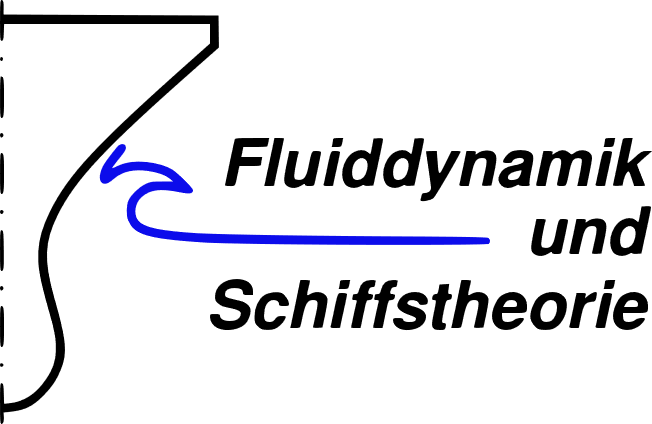
Hamburg University of Technology, Institute for Fluid Dynamics and Ship Theory:
The long-standing research activities of the Hamburg University of Technology in the fields of offshore engineering and development of numerical flow simulation methods offer the best scientific basis for investigating the aerodynamic and hydrodynamic behavior of floating wind turbines. At the Institute for Fluid Dynamics and Ship Theory, the novel simulation approach panMARE has been developed to face the increased complexity of the aerodynamic and hydrodynamic flow fields of floating wind turbines. Full-scale measurements will be utilized to conduct a unique validation campaign to accentuate the advantages of panMARE compared with conventional simulation methods. Consequently, in VAMOS a first step towards the application of a new generation of simulation methods will be done.

sowento GmbH:
sowento is an engineering spin-off of the University of Stuttgart, founded in 2016. Its focus is to enable innovation from research to industrial applications. sowento empowers the community, its team and individuals to develop high quality results, knowledge and intelligent technical solutions for the problems of today and tomorrow. sowento has three business fields, lidar technology, floating wind, and wind farm. In the VAMOS project sowento combines its knowledge in advanced data processing and wind field reconstruction of lidar data, and its understanding of the overall dynamics of floating wind turbines to improve the operational performance of the floating system.

DNV GL Garrad Hassan Deutschland GmbH:
DNV GL is a global quality assurance and risk management company. Driven by their purpose of safeguarding life, property and the environment, DNV GL enables their customers to advance the safety and sustainability of their business. Operating in more than 100 countries, their professionals are dedicated to helping customers in the maritime, oil & gas, power and renewables and other industries to make the world safer, smarter and greener. DNV GL delivers world-renowned testing, certification and advisory services to the energy value chain including renewables and energy management. Their expertise spans onshore and offshore wind power, solar, conventional generation, transmission and distribution, smart grids, and sustainable energy use, as well as energy markets and regulations. The experts of DNV GL support customers around the globe in delivering a safe, reliable, efficient, and sustainable energy supply.
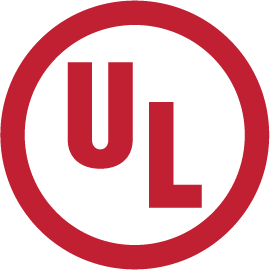
UL International GmbH:
With over 35 years of experience and more than 500 employees, UL Renewables delivers an extensive portfolio of renewable energy services. Our goal is to empower trust throughout the project lifecycle and across the supply chain. UL wind services help mitigate the risks and navigate the complexities of offshore and onshore wind installations and assist stakeholders in identifying the critical aspects related to wind farm projects. UL is supporting offshore wind through research since early 2000s and participates in VAMOS with the aim to convert early experience with floating offshore prototypes into best practice rules.
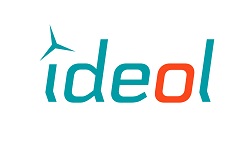
Ideol:
Ideol, based in La Ciotat (France), was created in 2010 with the aim of developing both technically and economically viable floating foundation solutions for the offshore wind industry. The company’s key priorities since day one have been to maximize local content and improve cost competitiveness from construction to installation, maintenance and decommissioning. Benefiting from its industry-changing and patented “Damping Pool®” and an engineering team of 60 experts, the company has two floating wind turbines in operation (one in France and one in Japan), positioning the company as a leader in this fast-growing floating offshore wind market.
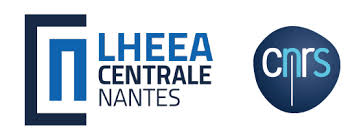
LHEEA (Centrale Nantes/CNRS):
The Research Laboratory in Hydrodynamics, Energetics and Atmospheric Environment is a JRU (Joint Research Unit – UMR 6598) whose legal representatives are Centrale Nantes (ECN) and Centre National de la Recherche Scientifique (CNRS). The lab has an internationally recognized expertise on free surface and atmospheric flows, which is carried through both numerical simulation and experimental work, at lab and full scales. Within the project VAMOS, Centrale Nantesprovides access to the testing infrastructure for the measurement campaign, the Centrale Nantes offshore test site, SEM-REV, prepare, monitor and operate the scanning LiDAR for wind turbine far-wake measurements and process the data.
Contact

Lydia Lehmann
Deputy Head of University Communications
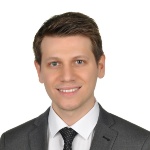
Umut Özinan
M.Sc.Research Associate


